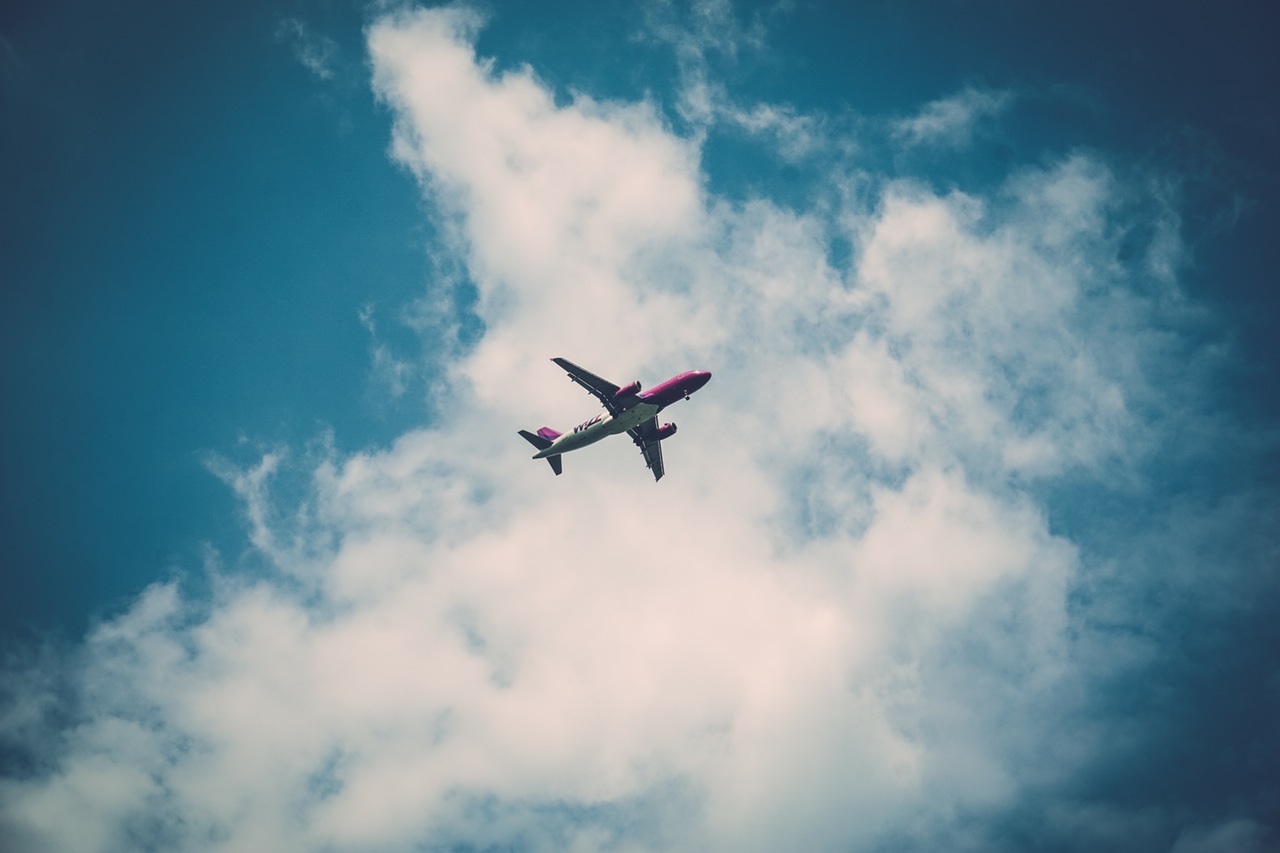Gravel runways ensure safe landings and takeoffs for this air fleet operator in Northern Canada.
Not every pilot has the luxury of landing his or her plane on a paved runway. For air fleet operators who land aircraft on some of the world’s most challenging terrains, a specialized fleet is required to touch down on gravel landing strips.
One such aviation company is Summit Air, based in Yellowknife, the capital city of Canada’s Northwest Territories. Summit’s fleet of planes transport cargo and mining workers across Canada’s harsh northern climate, where gravel runways are the norm.
Special Planes for a Special Environment
In recent years, a series of acquisitions prompted Summit to eventually change up its aircraft lineup. In 2009, its predecessor, Summit Air Charters, was purchased by Ledcor Group. Then, in 2012, that company acquired Arctic Sunwest Charters, forming what is today known as Summit Air.
Soon after that acquisition, Summit began what it termed a “fleet rationalization program” wherein it decided to focus on aircraft better suited for Northwest Canada’s rough, isolated conditions. It subsequently began to replace the gravel-certified Boeing 737s with the Avro RJ series of planes from British Aerospace.
Myles Cane, Summit’s Senior Vice President of Operation, told SkiesMag.com that the Boeing 737 was nearing the end of its “operational lifespan” and a replacement was needed.
“The 737-200…has been a massive workhorse for the North,” Cane said. “While the RJ is not an identical replacement, because it has slightly smaller capacity, we are pursuing an RJ-100 which is a larger variant that would enable us to offer similar seating capacity to the 737-200 but burn significantly less fuel.”
Currently, Summit’s fleet is made up of two Avro RJ85s, four ATR-72s, one Dash 8-100, six Dornier 228s, three Twin Otters, one Piper Navajo and two Short Skyvans. The Piper Navajo and the Dash 8 are now slated for sale.
Gravel Runway Certification
Summit’s fleet aside, Canada’s gravel runways undergo rigorous inspections in order to obtain the necessary certifications for continued operation. To ensure a safe takeoff and landing, gravel runways must exhibit the proper degree of firmness and surface shear strength. To measure that strength, California Bearing Ratio (CBR) is used; the ideal tire pressure (in psi) of aircraft that land on gravel runways should be less than or equal to 5 times the CBR of the runway.
For aircraft to be able to land on gravel runways, some specialized equipment is necessary — low-pressure tires, gravel deflectors for the nose and main gears, and special protective finishes. Though Avro RJ planes come with a “gravel kit” that allows them to be modified for gravel runway landings, Summit Air had to obtain a supplemental type certificate (or STC) from the Canadian government to allow their fleet to make use of gravel runways.
Another factor that allowed Summit to reconfigure its fleet was the choice to acquire only high-wing models of the Avro RJ. High-wing aircraft are optimally suited for gravel runaways. While wings that are closer to the ground run the risk of sucking gravel into the aircraft’s engine, Cane notes that “if you move the engines away from the runway, that minimizes the problem.”
Maintaining Gravel Runways
In cold northern climes like Canada’s Northwest Territories, winter freezes and spring thaws bring about drainage problems and rutting that can yield an uneven surface. When that phenomenon is combined with heavy traffic, landing conditions can become unsafe.
To ensure the safety and reliability of gravel runways, maintenance starts from the ground up. That means using products that keep runways in peak condition throughout the year. Although gravel air strips typically require a lower initial investment and overall less upkeep, continuous and proper maintenance cannot be neglected. Midwest Industrial Supply, Inc. developed its Gravel Runway Fines Preservation® program with the intention of helping airlines mitigate potential damage and delays. This solution traps up to 90% of fugitive fines and gravel, thus minimizing dust and keeping the runway smooth for proper landings.
To further strengthen the surface of gravel runways, airport operators rely on Midwest’s EK35® and EnviroKleen® products. Certified as environmentally safe by a number of environmental agencies, including the EPA and the BNQ, EK35 and EnviroKleen reduce dust emissions effectively on clay, sand, gravel, limestone, and most native soils. And for planes that fly in harsh conditions like those of the Northwest Territories, these products offer an additional advantage: they defy extreme temperatures, and can be stored at temperatures as low as -50 degrees Fahrenheit.

